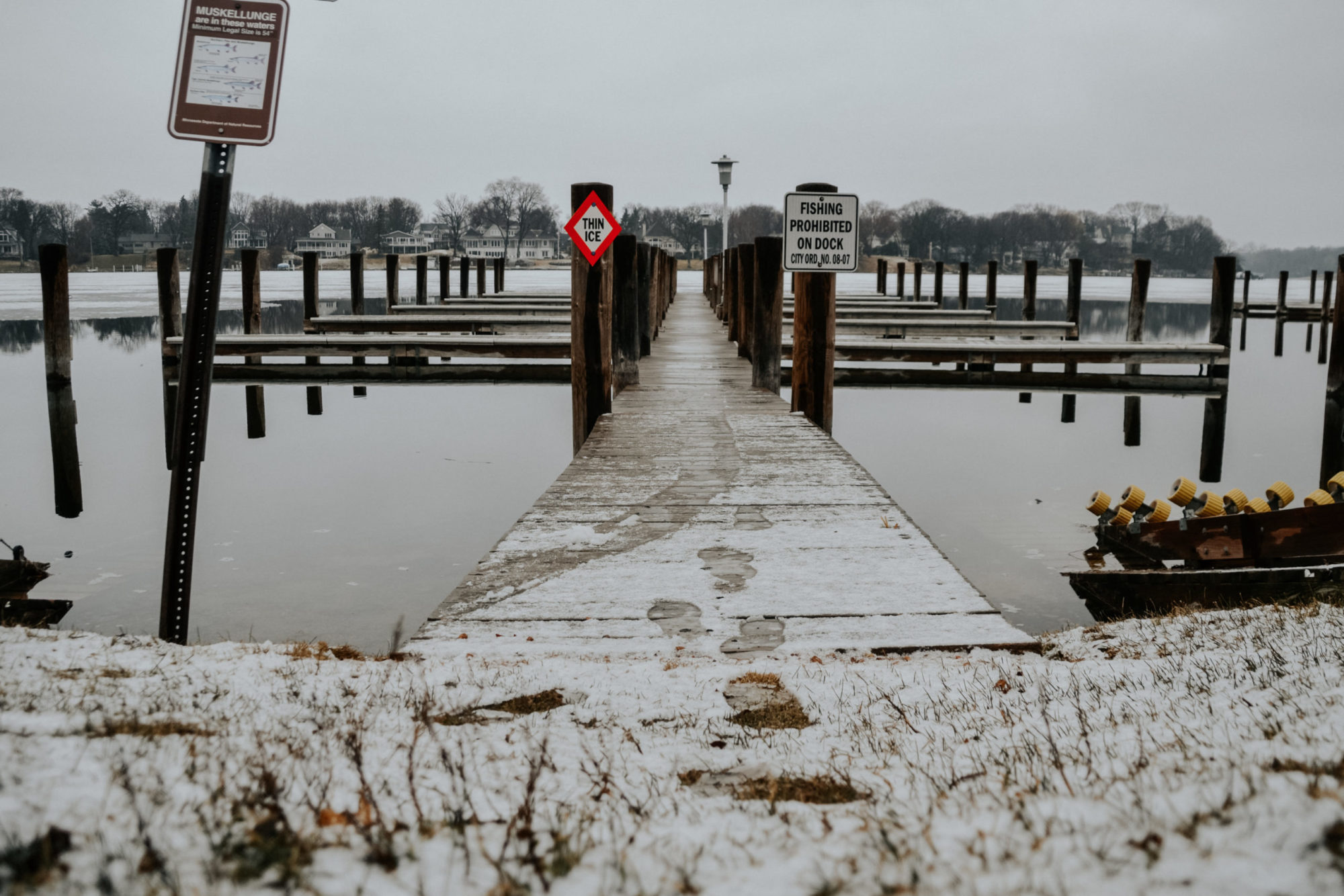As a resident of Minneapolis, I am well aware of the harsh conditions that emerge during our unpredictable winters. The polar vortex of 2019 made news all over the world with temperatures dropping below -50 degrees Fahrenheit including the windchill. While many of us were fortunate enough to have a place to shelter and stay warm, there were some who did not. It is reported that roughly 700 individuals experiencing homelessness die every year in the U.S. from hyperthermia. This is devastating. Unfortunately, this year there are more factors contributing to the risk that people experiencing homelessness face: the unprecedented pandemic.
Prior to the pandemic, many individuals were already homeless and struggling to find avenues that would enable them to obtain suitable housing and a permanent position of employment. In 2019, roughly 17 out of 10,000 people were homeless. A new report that has emerged in the wake of the pandemic estimates that these numbers could rise by 45 percent. The economic downfall that occurred early in 2020 left 23 million U.S. citizens without a job, which is 14.7 percent of the population. The large spike in unemployment can explain the predicted increase in homelessness. Emma wrote an article about the pandemic’s early impact on homelessness in Salem, Oregon, and Nashville, Tennessee. I will be expanding on some of her ideas while addressing this humanitarian concern in Minneapolis, Minnesota.
In an effort to curb the sudden recession, stimulus checks were issued to qualifying individuals. The average amount was $1809 per package which provided some relief, but was it enough? For this money to effectively resuscitate the economy and enable individuals to attain a safer living situation, they need to be able to access it. Moreover, for this to work, an individual needs to be able to sign up online. People experiencing homelessness must use the internet to access necessary information about housing, shelters, medical care, and available jobs. With nationwide shutdowns, many individuals were no longer able to obtain the information they needed because free services in libraries were no longer available. Therefore, many people experiencing homelessness were unable to file for their stimulus checks.
Beyond economic concerns, individuals experiencing homelessness are at a higher risk of infection of COVID-19 and to experience complications due to the disease. Around 81 percent of homeless adults have long-term health conditions and many individuals struggle with mental health conditions. Although shelters can provide a reprieve from harsh weather and many necessary services, they add additional risks because occupants are located close to one another. A survey conducted in the Twin Cities reported that 32 percent of individuals experiencing homelessness had been sent away from shelters because they were already full. So, where do they go?
Encampments have been established in varying Minneapolis parks. The Minneapolis Park and Recreation Board (MPRB) issued permits during the summer to allow individuals experiencing homelessness to form these pop-up communities. The maximum occupancy was set to 20 residents and a cap of 25 tents per encampment. A prominent camp was located in Powderhorn Park. At its peak, this location contained at least 550 tents. Many members of the community volunteered and donated resources to the new Powderhorn Park community.
There was an initial push from the government permitting encampments, but the overwhelming size of the Powderhorn Park site attracted crime. In July, there were several reports of sexual assault occurring within the encampment, and this spike in crime led to immediate action from the government. Initially, permits were not going to be renewed upon the arrival of the cold weather in October, but with the escalating size of the encampment, the MPRB decided to disband the camp earlier. Upon the demolition of the site, police and authorities were met with resistance from the community and activists. Residents of the Powderhorn site were uprooted and forced to frantically find a new place to call home.
Many individuals experiencing homelessness are a part of a continuous shuffle between safety and struggle while the state scrambles to find a sustainable solution. The situation is worsening, winter is here and there has been minimal progress to solve the problem.
While there are many suffering from the pandemic, homelessness is another crisis that needs to be tended to. In my next article, I will be investigating the current situation for people experiencing homelessness and shelters in a follow-up interview with a representative from a Minnesota homeless shelter.
- Green America: Campaigning Corporations for Change in the Cocoa Industry - June 29, 2021
- Closing the Gap Between Now and Herd Immunity - April 27, 2021
- How the Third Largest Contributor to Homelessness is Being Overlooked - March 29, 2021
